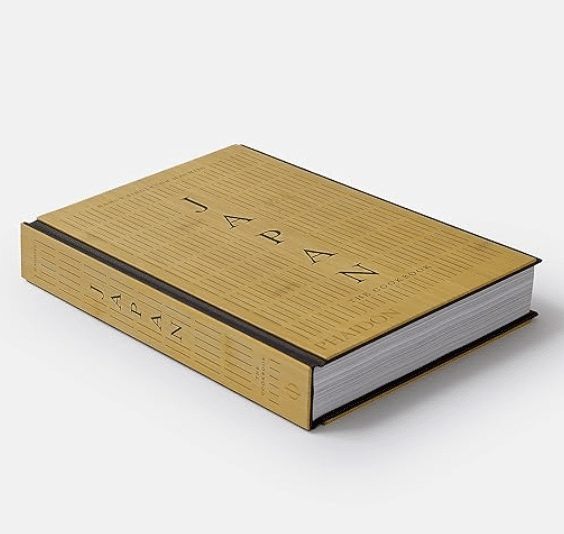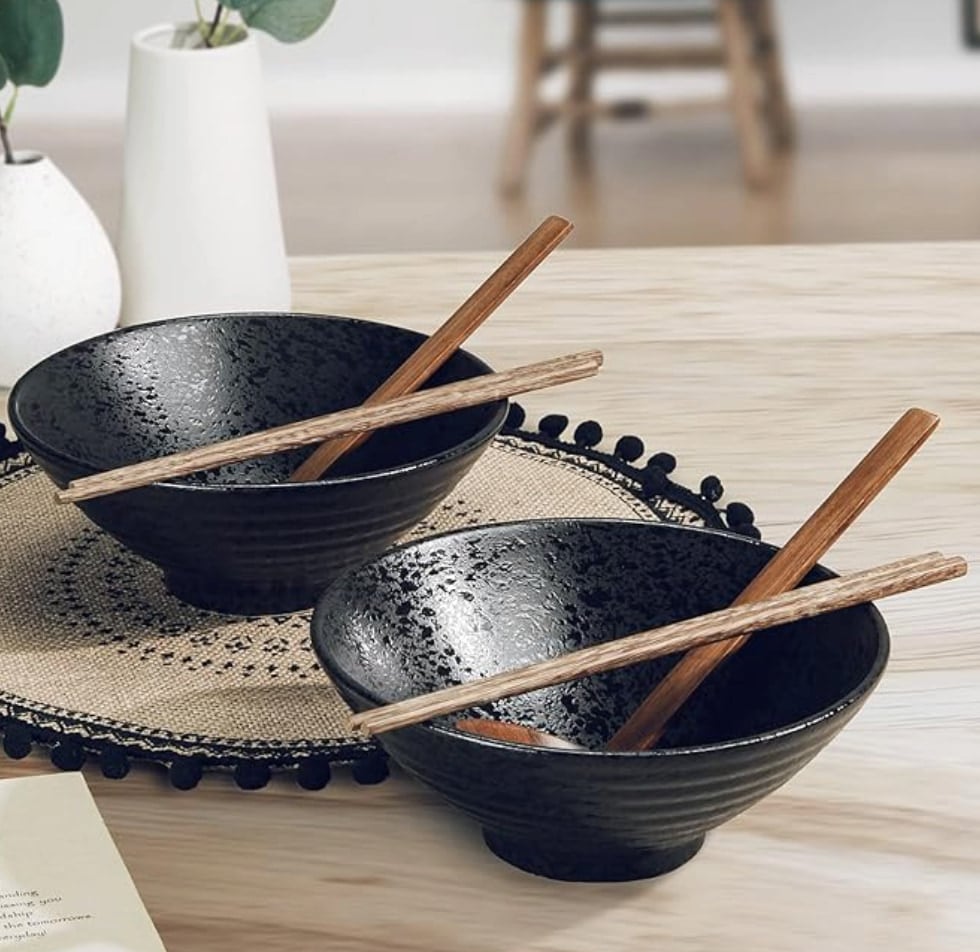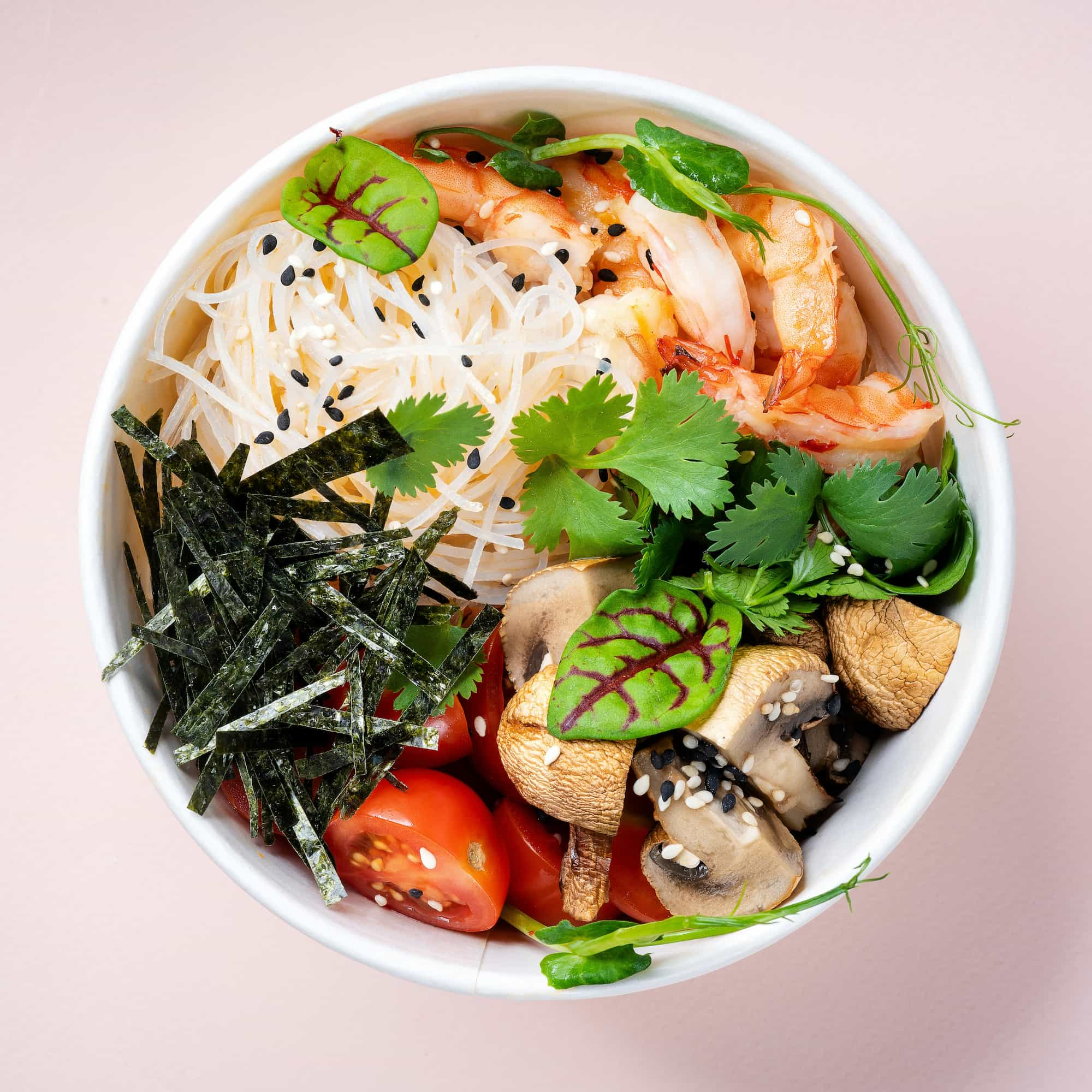Off the coast of Japan lie a group of islands known as the Ryukyu Islands. The largest of these islands, Okinawa, belongs to one of the five blue zones in the world, and its residents enjoy exceptionally long and healthy lives. Okinawa’s lifespan can be attributed to its genetics and environment; however, it is believed to be mainly attributed to its diet.
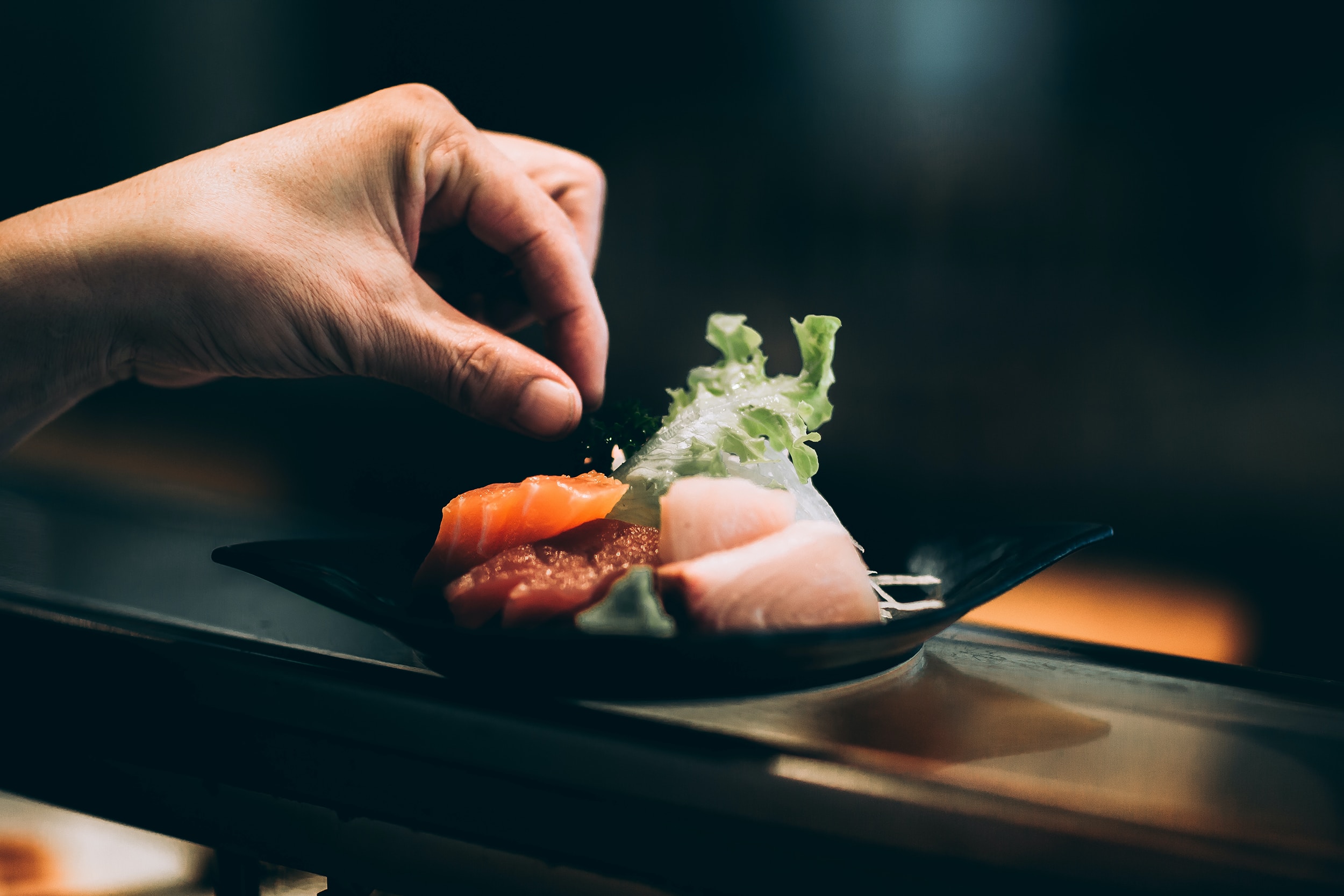
Turning Japanese
The traditional diet of Okinawa consists of very nutritious foods in their purest form. The Okinawan culture benefits mainly from plant-based soy products when aligned with mindful eating practices and daily physical exercise.
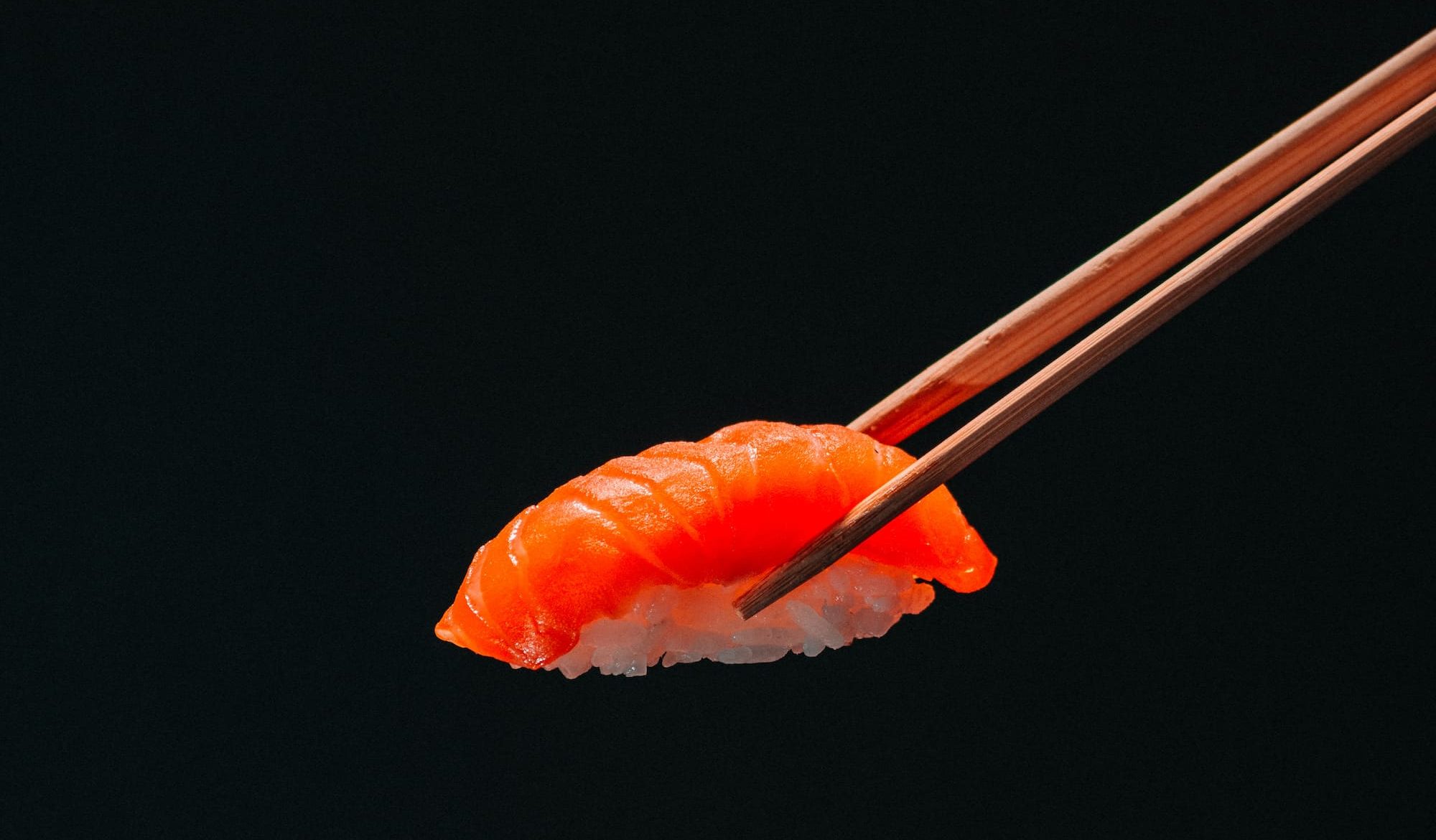
Allure for Menopause
For women navigating the intricate landscape of menopause, the Japanese diet offers a source of physical sustenance and a cultural and holistic approach. Rooted in tradition, the Japanese diet leans heavily towards plant-based fare, woven with rich sources of vegetables, seaweed, and soy products, offering menopausal women a source of essential nutrients. These foods deliver omega-3 fatty acids renowned for their anti-inflammatory prowess. Such anti-inflammatory properties can prove particularly useful in cushioning the physiological impact of hormonal changes during menopause and possibly promoting a longer lifespan.
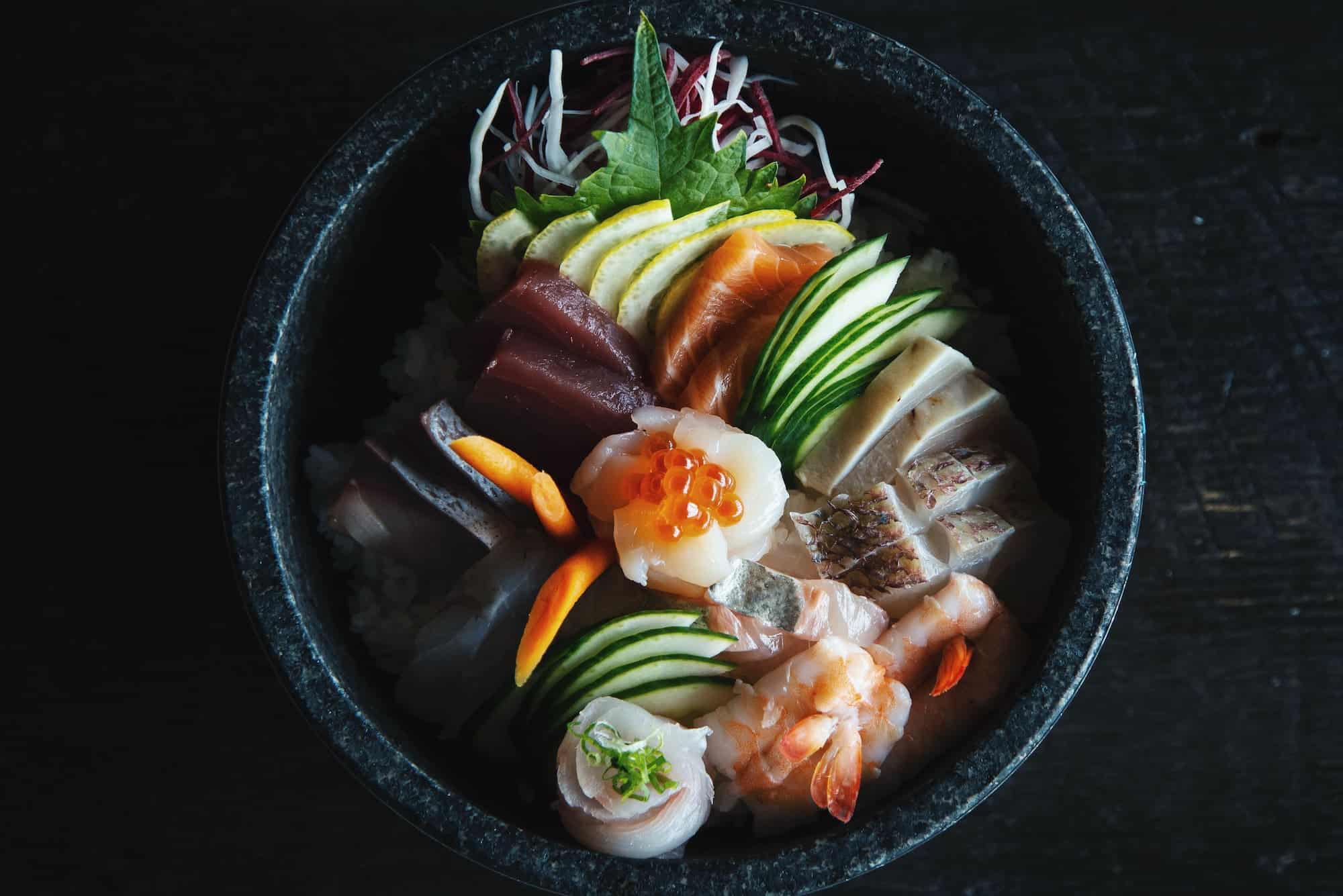
Central to the Japanese culinary landscape is soy. Present in the forms of tofu, miso, and edamame, this humble bean contains isoflavones, a subgroup of phytoestrogens. These plant compounds mirror the effects of oestrogen and become a soothing balm, alleviating some of the symptoms associated with the ebbing tide of oestrogen. Wielding power to modulate hormonal fluctuations, offering relief from the erratic dance of hot flashes these soy-based foods can also be associated with a reduced risk of chronic illnesses like heart disease and cancer.
Many foods found in an Okinawan diet may be attributed to nutrient-dense foods for the proper functioning of your body and high antioxidant foods that protect your body from cellular damage. Interestingly, the diet consumes very little rice, favouring sweet potato, which some experts claim may be one of the healthiest foods. Providing high doses of fibre and nutrients, they also offer carotenoids, playing a role in preventing heart disease and type 2 diabetes.
Balance and Variety
The culinary ethos of the Japanese diet through balance and variety in small plates, champions weight management. Many women through menopause and beyond can begin to feel the weight more accessible to gain and more challenging to lose. Through portion control, we can mitigate menopausal symptoms, weight gain and joint discomfort.
As our bodies age, we reach for ingredients rich in antioxidants, especially catechins, such as Green Tea. Green tea is a cultural cornerstone in Japan and has been associated with positive effects on cardiovascular health and bone density. Jasmine tea is consumed liberally in the Okinawan diet, as are regular intakes of turmeric.
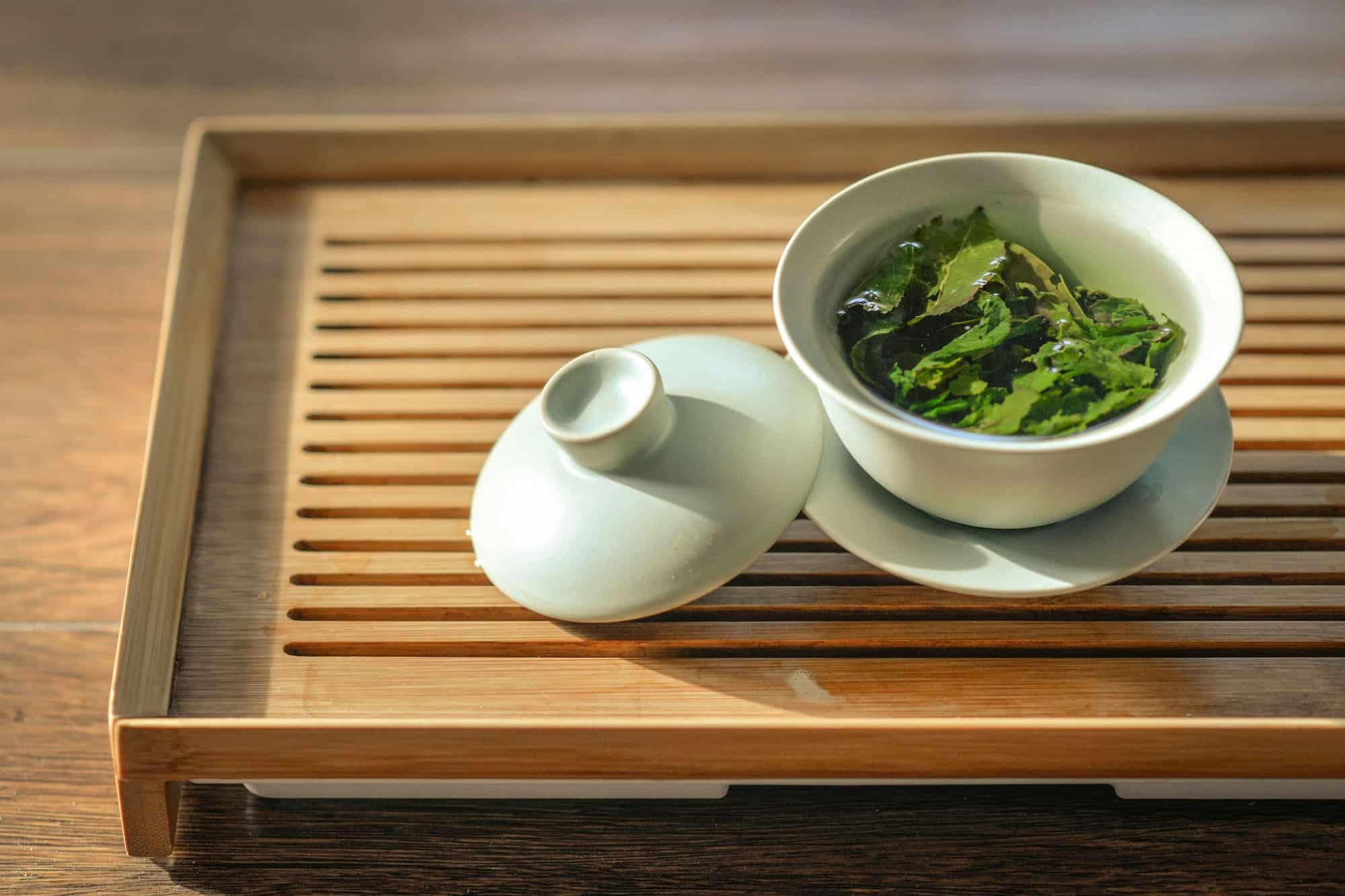
Cultural Influences
Beyond the plate, Japan’s lower prevalence of menopausal issues finds its roots in lifestyle and cultural facets. The Japanese are often synonymous with an active lifestyle—a tapestry of movement that threads through their daily lives. Physical activity, a steady companion to longevity and well-being, is a beacon of support during menopause and ageing, where exercise is a formidable ally against specific symptoms.
Integral to Japanese society is the solid social bands of women woven into Japanese culture that shield against the stresses and bring about a cultural ethos of togetherness.
Culturally, Japan’s attitude towards ageing and menopause deviates from the Western norm. A more positive outlook, an acceptance of the natural progression of life, casts ageing in a different light. The cultural lens through which ageing is viewed can potentially influence how menopausal symptoms and ailments of ageing are experienced, shaping a narrative that embraces this life stage gracefully.
It’s a narrative that extends beyond the plate, working with societal attitudes and daily practices. Adopting more Japanese ingredients into your palette offers a cultural dance with menopause and ageing that echoes with resilience and harmony.
